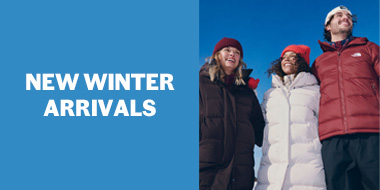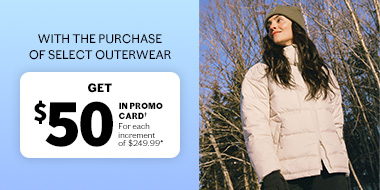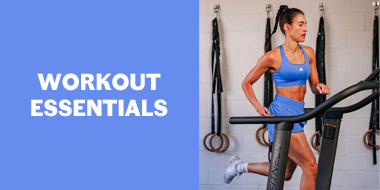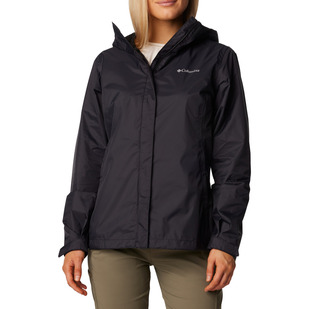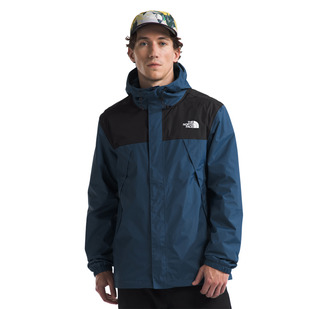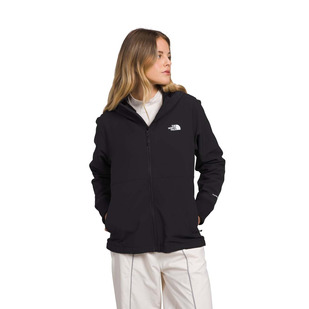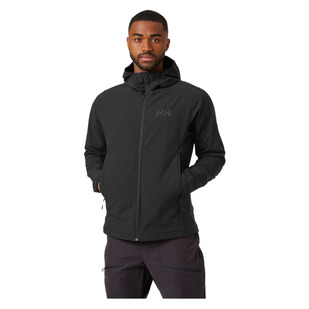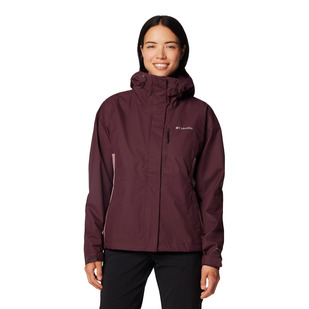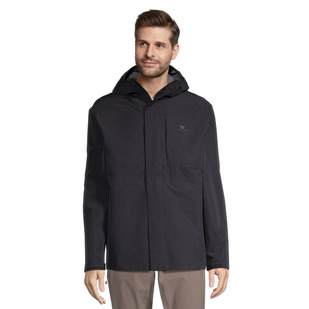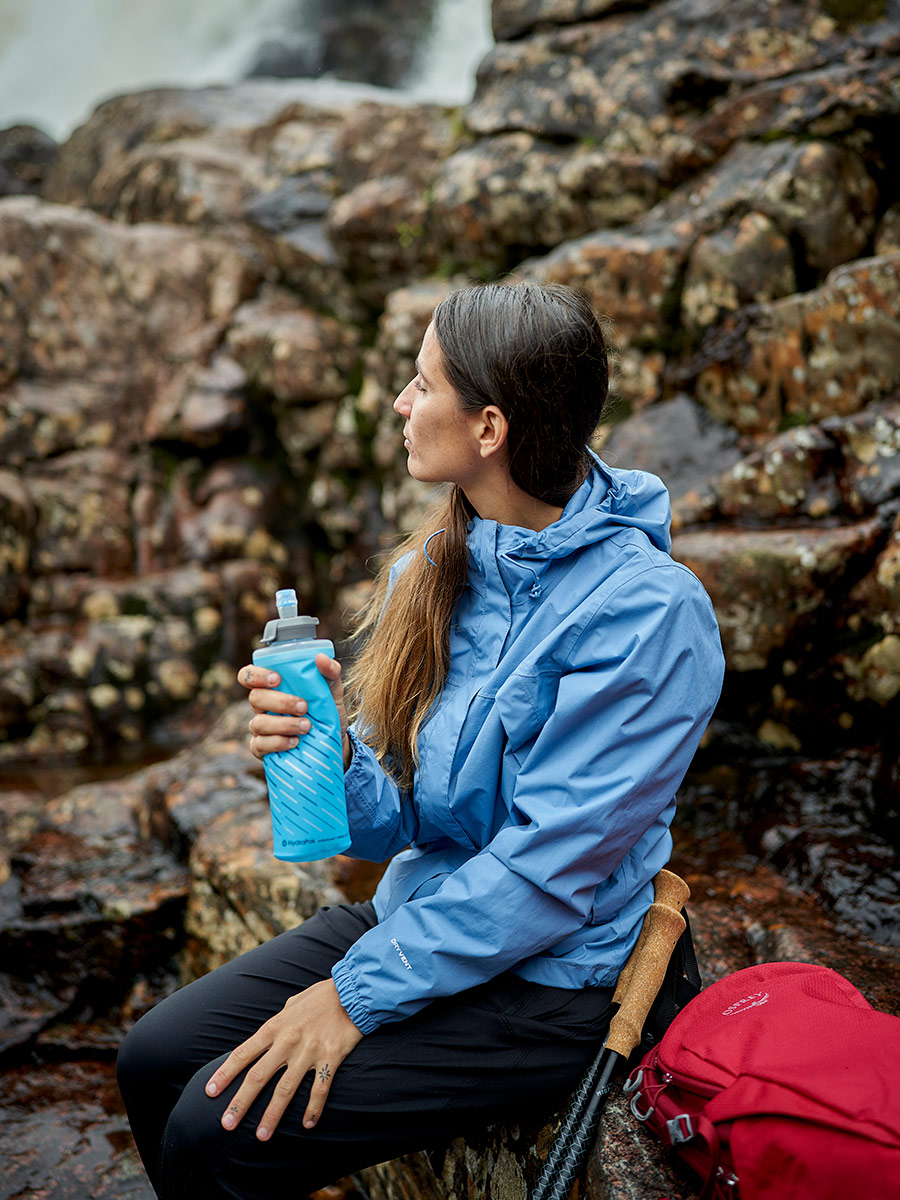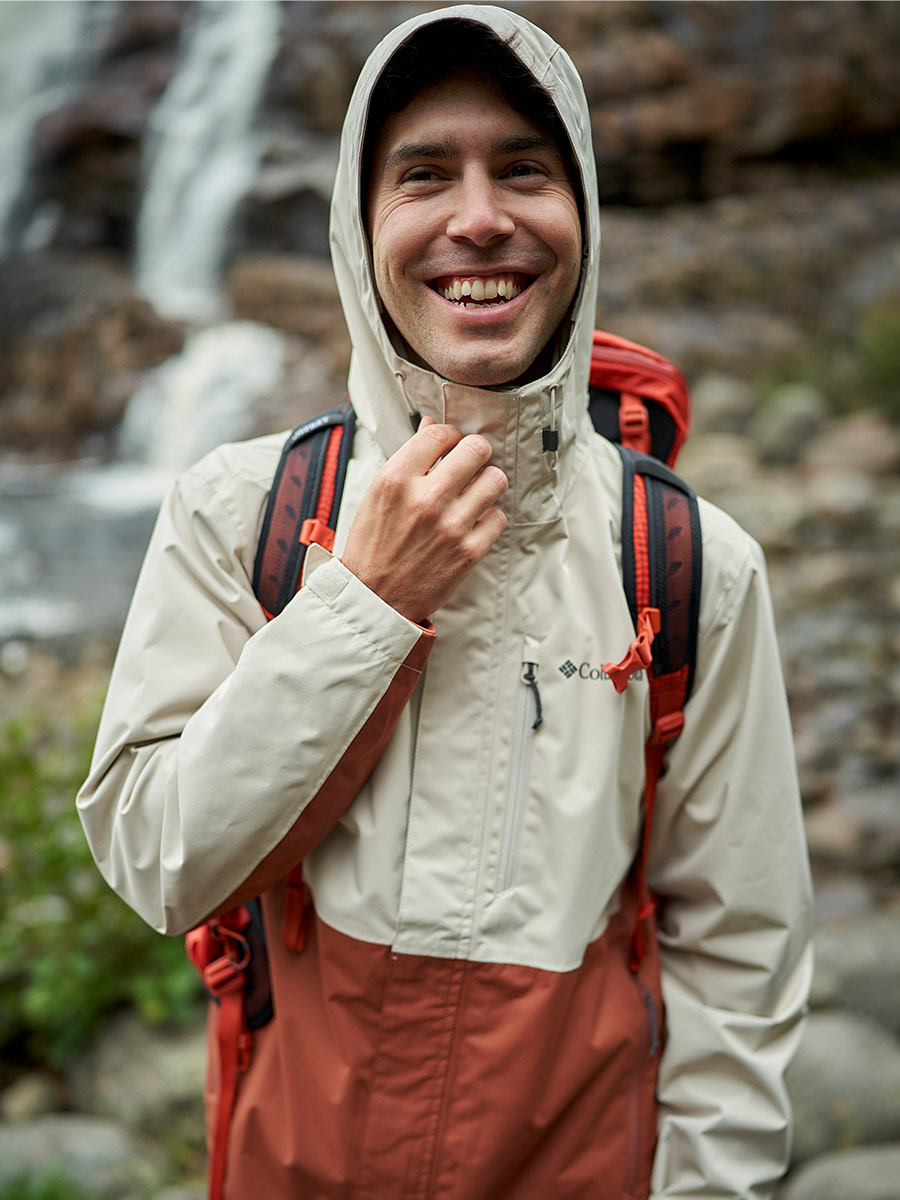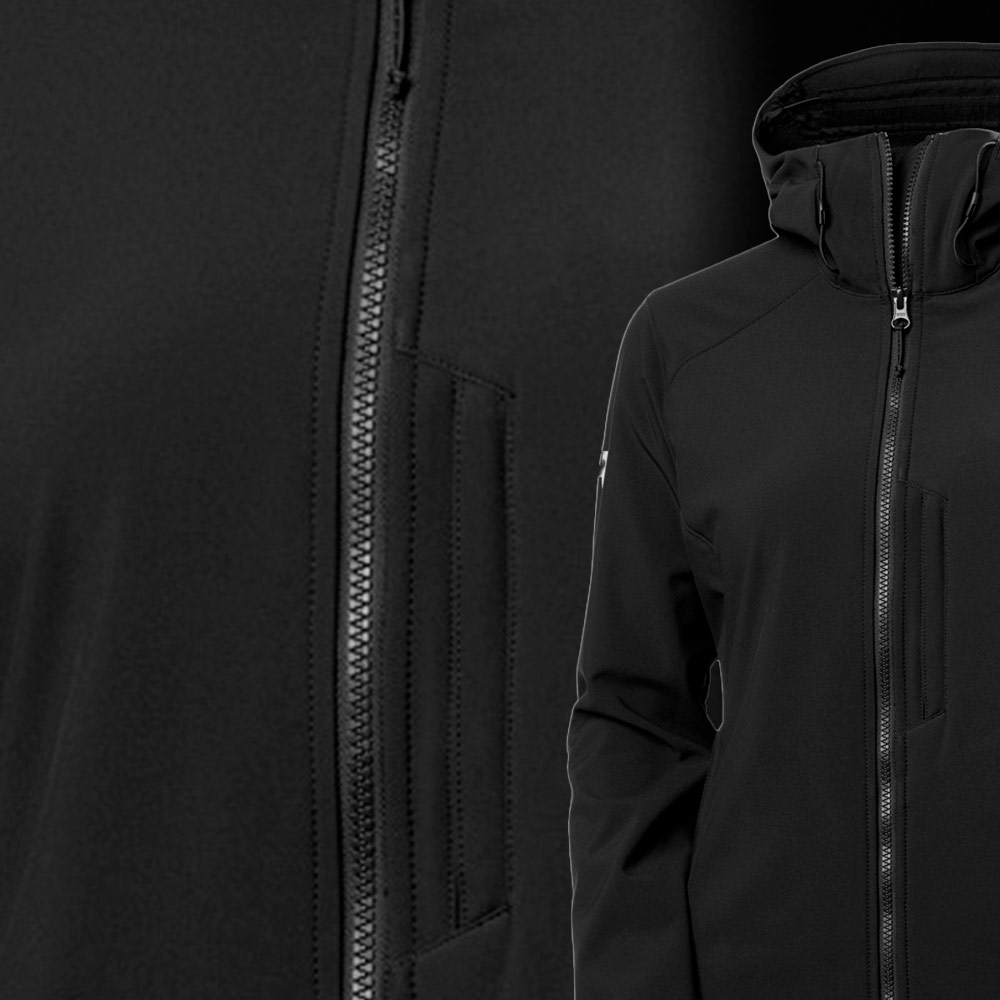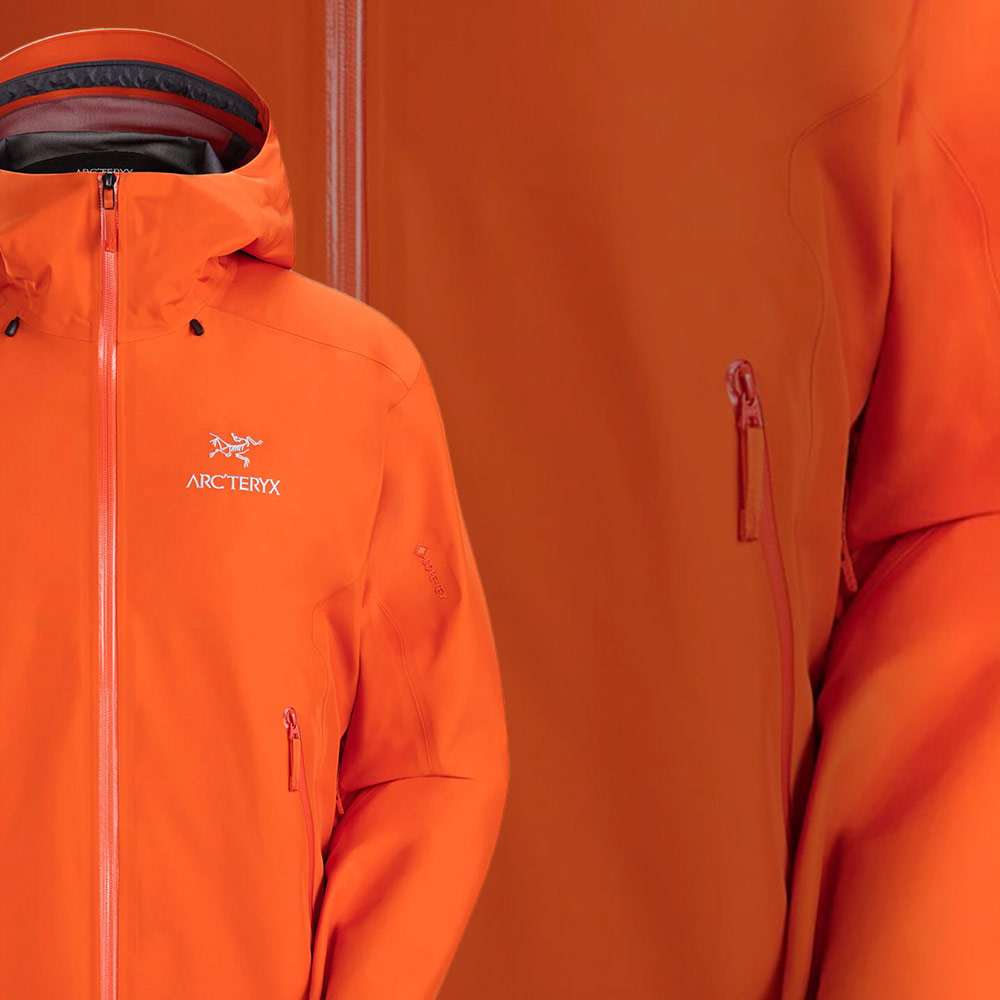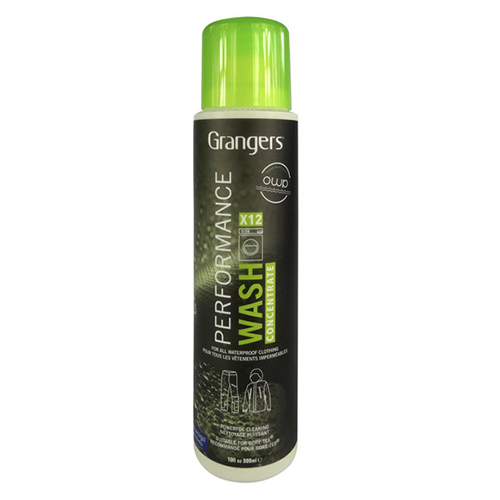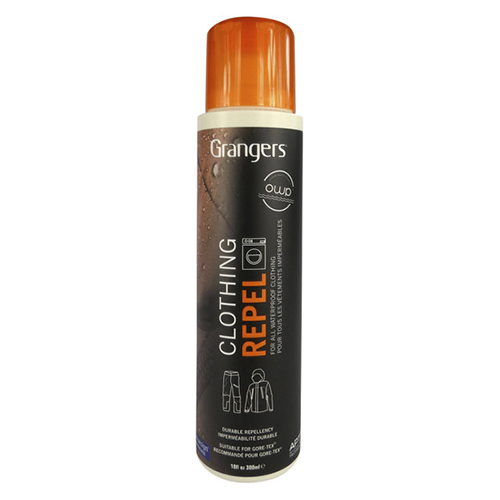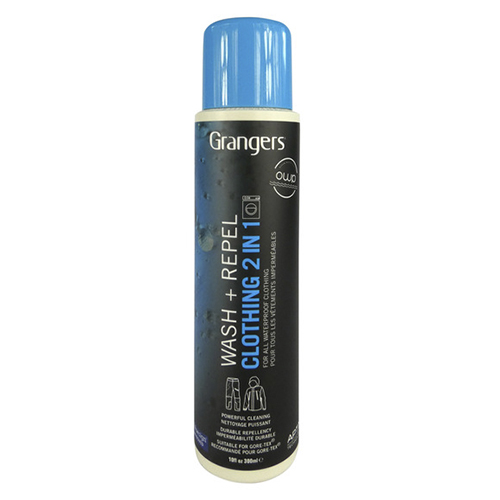4. Waterproofing a fabric
To waterproof a fabric, manufacturers generally employ one of two techniques:
- Apply a layer of waterproof coating to the inside of the fabric.
- Laminate a microporous membrane to the inside of the fabric.
The coatings used today are far more effective, since they offer waterproof protection while allowing most of the moisture caused by sweating to escape. Microporous membranes, also called waterproof breathables, work by wicking moisture away from skin via billions of tiny holes —much smaller than a drop of water—while completely preventing water from penetrating clothing.
The result: Your body stays dry... and warm.

The Gore-Tex®
When it comes to microporous membranes, one of the most renowned options is Gore-Tex®, celebrated for its exceptional waterproof capabilities. Be sure to ask about these when you’re shopping in store.
Several manufacturers now employ similar cutting-edge technologies, each as effective as the other, albeit under different names such as DryVent™, FutureLight™, Omni-Tech™, OutDry™ Extreme, Proflex™, Pertex® Shield, and more. The microscopic pores within these membranes are so minuscule that neither water nor snow can breach their defenses. However, they retain full permeability to air, allowing moisture to escape and keeping you comfortably dry. These three key attributes establish Gore-Tex® as the preferred material for outdoor clothing and footwear.
Several innovations have been created to limit condensation:
- Openings under the arms, at the back, around the chest, and in pockets
- Hook-and-loop closure for better performance
- Rain gutters along zippers
- Waterproofing of rain gutters
- Sealed seams
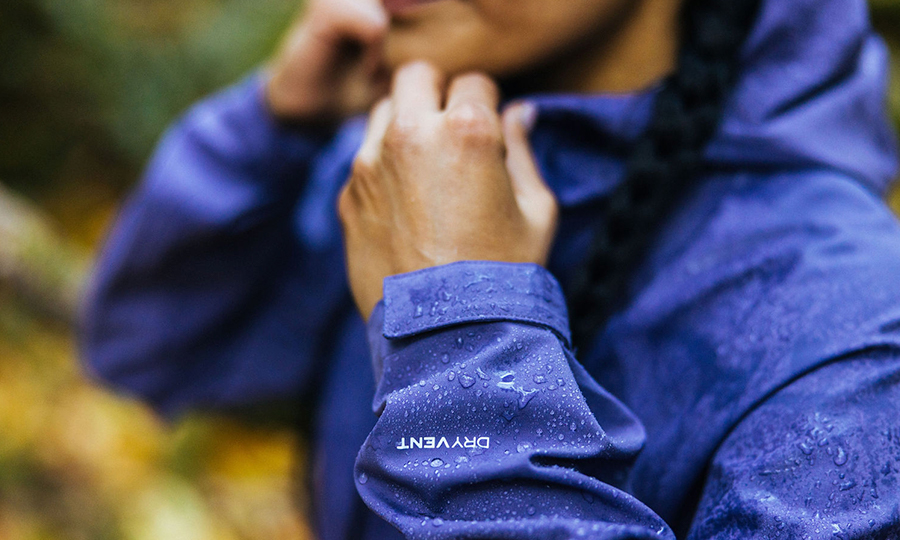

Durable Water Repellent (DWR)
To enhance the waterproofing effects of raw material used in clothing, manufacturers will also apply water repellent to the outside surface. This causes water to bead, which prevents clothing from soaking through—all without compromising the material’s breathability.
Not using rain repellent may affect the material’s breathability. Even if well made, clothing not treated with repellent will still trap a layer of moisture between your body and the fabric. In extreme weather conditions, condensation caused by this moisture will produce high levels of humidity. This will cause you to feel soaked, especially if the humidity outside is greater than inside your clothing.
5. Upkeep your rain jacket
Proper care of your rain jacket is essential to ensure its long-term effectiveness. With time, dust and sweat can block the breathable membrane's holes, which affects the garment’s breathability. This is why these should be washed regularly with care.
Washing
Be sure to purchase a specialized, good-quality detergent. Then wash items in a washing machine, preferably a front-loader, or by hand. Refer to the manufacturer’s instructions for details. Avoid the use of fabric softeners, especially with breathable waterproof clothing, since this will promote water penetration and has a tendency to remain in the fabric.
Rinsing, drying
Rinse thoroughly, or put through a rinse cycle without soap, as needed. This step is necessary to remove excess detergent. When travelling, use fresh water to rinse any items that come into contact with salt water. You can then place your item in the dryer on medium heat. Never dry clothing near an open fire (because of sparks) or in direct sunlight.
Water-repellent application
After thoroughly washing and rinsing the waterproof/breathable garment, hang it on a hanger and apply a water-repellent product to restore its waterproof/breathable properties.
Notes: Some products can also be added directly to the wash cycle, so long as the clothing does not contain a hydrophilic lining. Although waterproofed materials lose their effectiveness when contaminated with impurities, they can also break down with regular use. This causes microscopic tears, which allow water to penetrate the material. To fix this issue, simply tumble dry on high, which causes waterproofing to lightly soften and fill in any tears. Be sure to follow the manufacturer’s instructions carefully.


